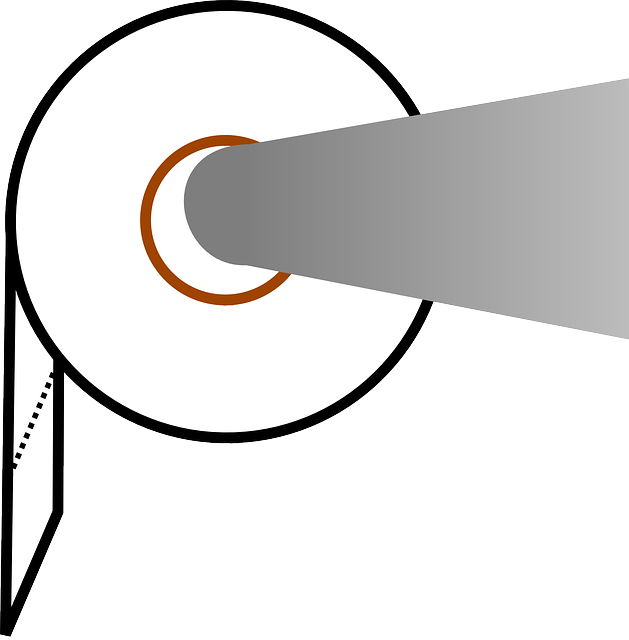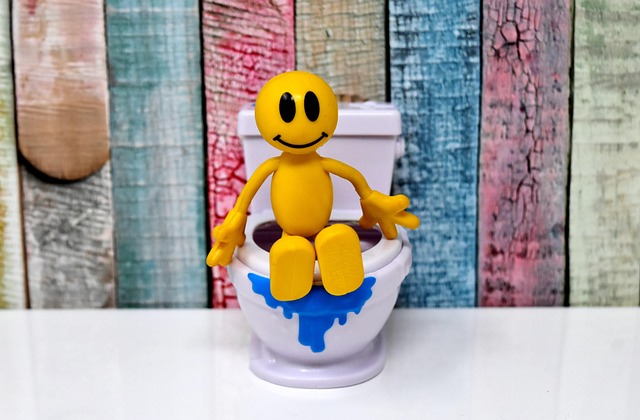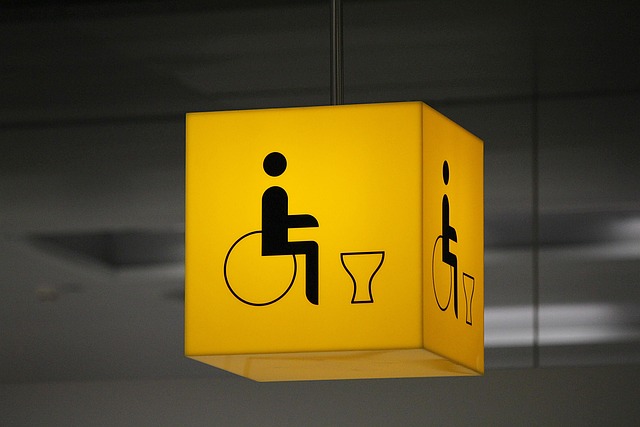When faced with a clogged toilet, assess the clog's type and severity. Partial clogs may be addressed with hot water or tools like plungers or chemical cleaners. Complete obstructions require persistent efforts with a plunger or natural remedies like baking soda and vinegar. Prevent future clogs by mindful drain usage, regular cleaning, and avoiding specific items to maintain smooth plumbing.
Toilet Clogged? 7 Easy Solutions to Clear It Yourself
A clogged toilet can be a frustrating and embarrassing dilemma. Before you reach for your phone to call a plumber, try these seven simple and effective DIY methods to unclog your toilet. This guide will walk you through assessing the situation, understanding common causes, and employing various techniques using readily available household items. Learn how to prevent future clogs by implementing regular care practices and maintenance tips.
- Assess the Clogged Toilet Situation
- – Identifying common causes of clogs
- – Determining the type of clog (partial vs. complete)
Assess the Clogged Toilet Situation

When faced with a clogged toilet, the first step is to assess the situation. Start by understanding the type and severity of the clog. Is it a partial blockage causing a slow drain or a complete obstruction that stops water from flowing at all? This knowledge will guide your choice of unclogging method.
Additionally, look for any visible signs like toilet paper wrapped around the drain or foreign objects like toys, sanitary products, or hair that might be causing the clog. Identifying these can help you decide on the most effective approach to clear the blockage—whether it’s using a plunger, chemical drain cleaners, or natural remedies like baking soda and vinegar.
– Identifying common causes of clogs

Toilets can get clogged due to several common causes, such as improper disposal of items like sanitary products, personal care products, and food scraps. These foreign objects often find their way into the plumbing system and can lead to clogs at various points along the pipeline. Another frequent culprit is built-up debris and mineral deposits inside pipes over time. Hard water, in particular, can contribute to these residues, making it easier for blockages to form.
Understanding these causes is key when trying to unclog a toilet yourself. By avoiding the disposal of non-biodegradable materials and regularly cleaning your plumbing to prevent buildup, you can significantly reduce the likelihood of clogs.
– Determining the type of clog (partial vs. complete)

Toilet clogs can be frustrating, but determining the type of clog—partial or complete—is the first step in finding a solution. A partial clog indicates that water can still flow, albeit slowly, while a complete clog means no water passes through at all. For partial clogs, try using hot water to flush and see if it clears. This simple act can often dissolve or dislodge whatever is causing the blockage. If hot water doesn’t help, move on to more targeted solutions like plungers or chemical drain cleaners designed for mild blockages.
For complete clogs, a plunger becomes your best friend. Ensure you have a suitable fit by placing the cup over the drain opening and pressing it down firmly before pulling up in a rapid motion. This can break apart stubborn obstructions. If this doesn’t work, consider using a combination of baking soda and vinegar. Pour one cup of baking soda into the toilet, followed by one cup of white vinegar, creating a fizzy reaction that may help dislodge the clog. Let it sit for about 15 minutes before flushing to maximize its effectiveness.
Unclogging a toilet doesn’t have to be a daunting task. By understanding common causes and assessing the severity of the clog, you can often resolve the issue with simple, DIY methods. Whether it’s a partial obstruction or a complete blockage, these seven easy solutions can help you get back on track without calling a plumber. Remember, proactive maintenance and quick action can prevent future clogs and save you time and money.
